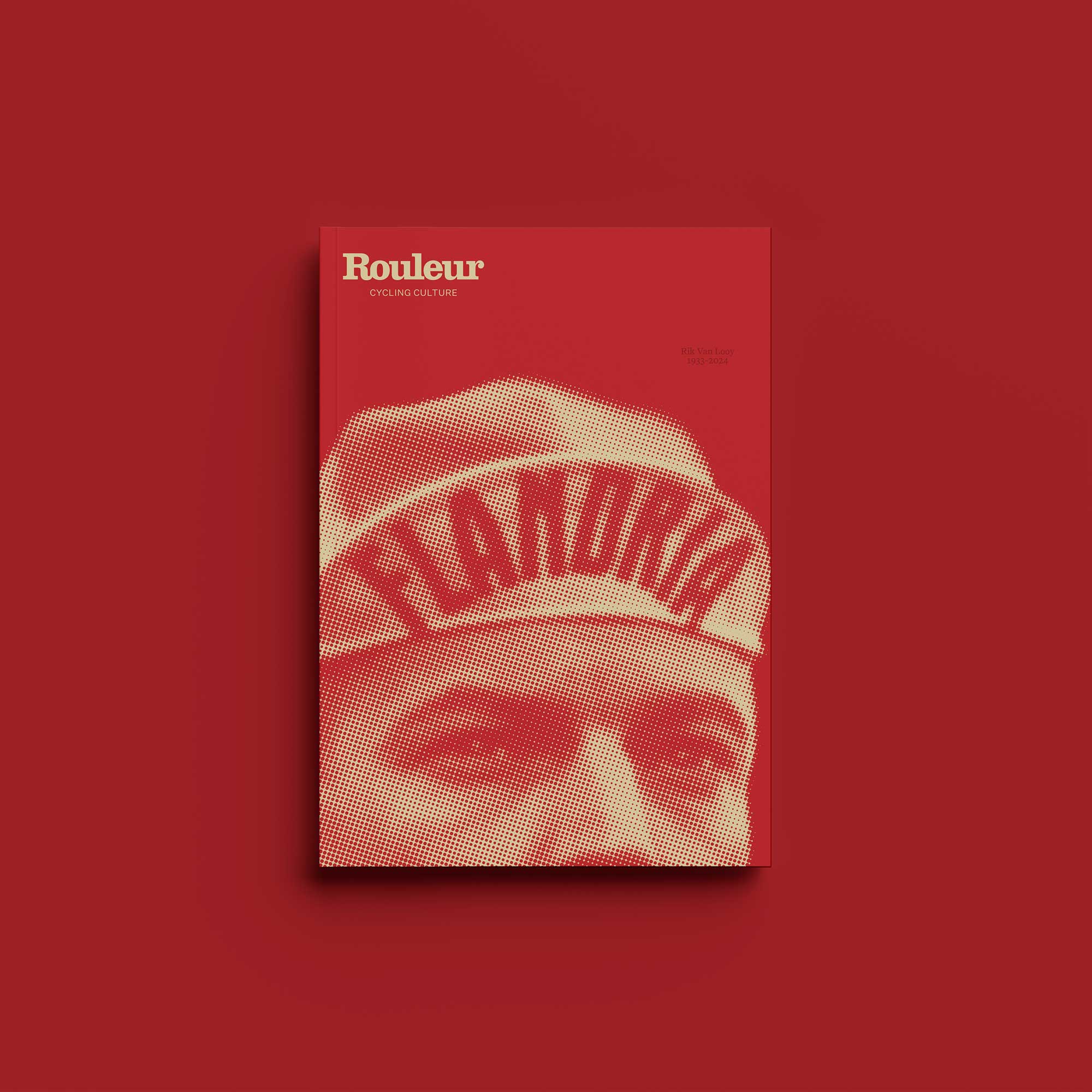Almost 300 kilometres ridden and still flying, carving through the tight bends of Liguria’s coastal roads. As the gradient rises, he puts his pursuers to the test. Attack after attack, weakening their resolve, draining their legs. They’re marking him closely, but it’s taking a toll.
Tulip Computers’ Jim Van De Laer tries to keep his wheel. He can’t. The Dutch national champion Steven Rooks crosses the gap, only to pop moments later. Argentin’s team-mate from Ceramiche Ariostea, Rolf Sørensen, keeps a close eye on the lurking Maurizio Fondriest as his leader pulls away.
No longer capable of stretching farther, the elastic snaps, and il Capo is gone, snaking down the Via Val D’Olivi towards the sea, the Corso Felice Cavallotti and an impressive victory. The first monument of the year is almost his.
Almost. Would have been. Should have been, had it not been for Sean Kelly.
The 35-year-old Irishman wasn’t expected to feature. He’d taken his third Lombardia title the previous October, but his powers were on the wain. Time had taken its toll on the rider they once called the King, and it seemed like such a long time since he’d first impressed in Sanremo.
Back in 1980 he’d finished fourth, when the top ten included names like Roger De Vlaeminck and Francesco Moser, relics of a bygone era to which many had already consigned Kelly, the ageing monarch now pitched against a peloton of hungry, ambitious princes.
Sean Kelly and the ’84 cobble: the most prized trophy of them all
Twenty-three years later, the 59-year-old’s memory of that day is still crystal clear. We meet in Embrun, a small town some 40 minutes from the Tour de France’s previous stage finish in Gap. Ordinarily, it’s probably a sleepy little place, but today the central square is flooded with cycling fans and team personnel who couldn’t find accommodation closer. He’s here on business, commentating for Eurosport.
“Sanremo was the end of my career, but I was in good shape – if you’re not in good shape, you don’t win Sanremo.”
Among some fans, he’s developed a reputation for being somewhat taciturn on air – when asked about this, he jokes that those long silences are sometimes more to do with coffee and snacks than any inherent reticence. In person he’s very talkative, almost bordering on loquacious, albeit always in a direct, to the point fashion. Which will come as absolutely no surprise to anyone who’s ever been to Ireland. There are few wasted words, but he’s an obliging interviewee.

“We’d been at Tirreno-Adriatico, and I was feeling really good. There was no pressure on me there, a lot of people thought I was pretty much over. So I decided not to show myself that week, not to try win a stage, because if I’d done that I’d have been up there with the favourites for Milan-Sanremo.
“I knew going into it that I felt good, you get that from experience, and on the Cipressa and the Poggio I just thought ‘I’m going to stay back a bit here.’ I sat back and followed the race, let the others attack one another, someone would chase. If you put yourself up in the top three or four, the others will say, ‘Well he’s here, so he can go and chase!’ If you’re back in the bunch, around 10th or 12th, no one thinks of you. Argentin was really on super form, I think he won three stages at Tirreno-Adriatico, he was just able to ride away from everybody.
“When we got to the Poggio, he started attacking immediately, the first time he had two or three guys with him, the second time he had one, but while the others attacked I just watched. The third time he went, I think he had about 15 seconds at the top of the climb, but I knew that was my chance. On the first corner, I tried to pass Argentin’s team-mate, Rolf Sørensen, on the right side but he closed the door and put me in close to the wall.
“On the second corner I just went. One bike length, two, three, four. I took some big risks. The group behind was still close, and the sprinters could come back. My sprinting at that stage wasn’t that good, so I knew I had to get out of there and at least I’d be riding for second. But then I saw Argentin, and that gave me the motivation.
“There are a lot of stories going around that I was touching the walls with my elbows, but no. There were a number of corners that I took at a very fast rate, and you could hear the noise coming from the tyre, but when you’re that focused and you’re thinking of catching the guy in front and winning Milan-Sanremo, you don’t think of the danger.”
“It was my final throw of the dice. That I knew. It’d been coming: I hadn’t been performing well in the Classics. There’s two things [to think of when you’re sitting back]. First of all, on the Poggio, I wasn’t comfortable. The Poggio is always so fast, even with almost 300 kilometres done. I was pretty much on the limit. Second, I had the experience. I knew that I could take that risk, sit back, let the other guys fight it out, and hope that no one gets too far away.
“And even when Argentin did get away, I didn’t panic. Maybe the reason I didn’t panic was that I wasn’t capable of going to the front anyway, so it was a pretty easy decision. I left the other guys to do the work, let them keep his advantage to a minimum, and then I made it up on the descent. I think that with many years of experience, you can do a lot of things.”
This article was originally published in Rouleur 57






























